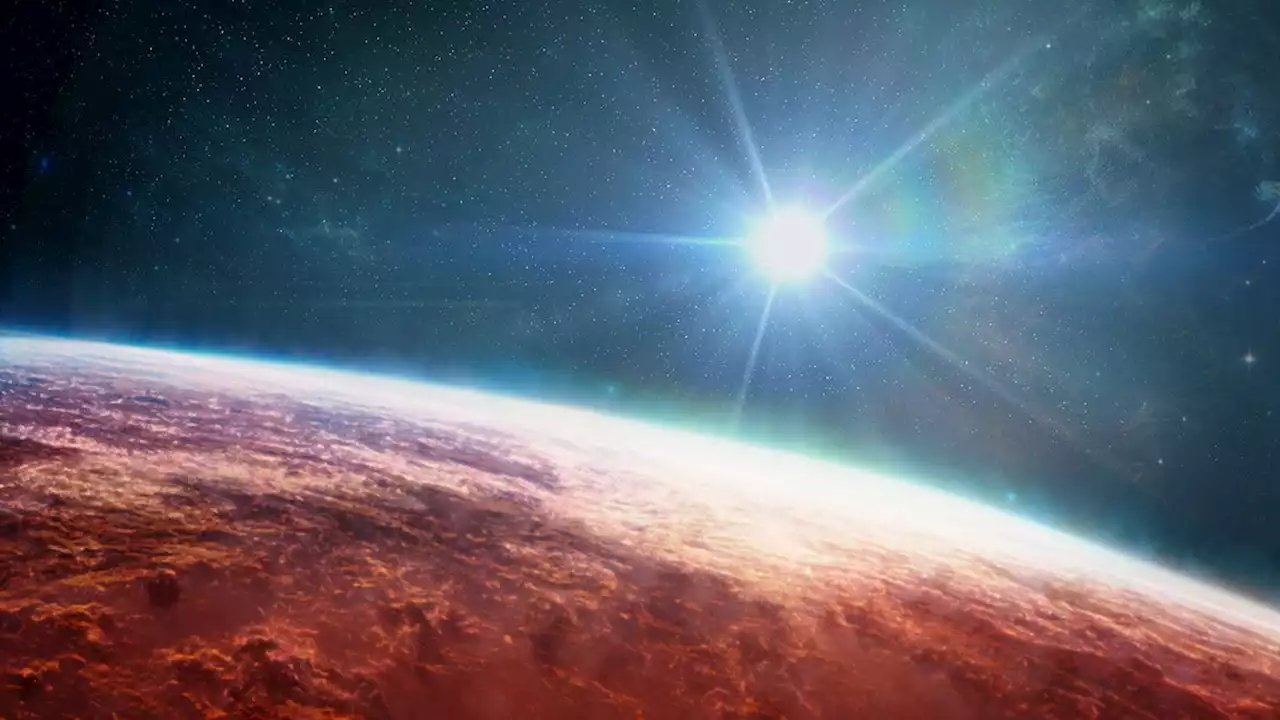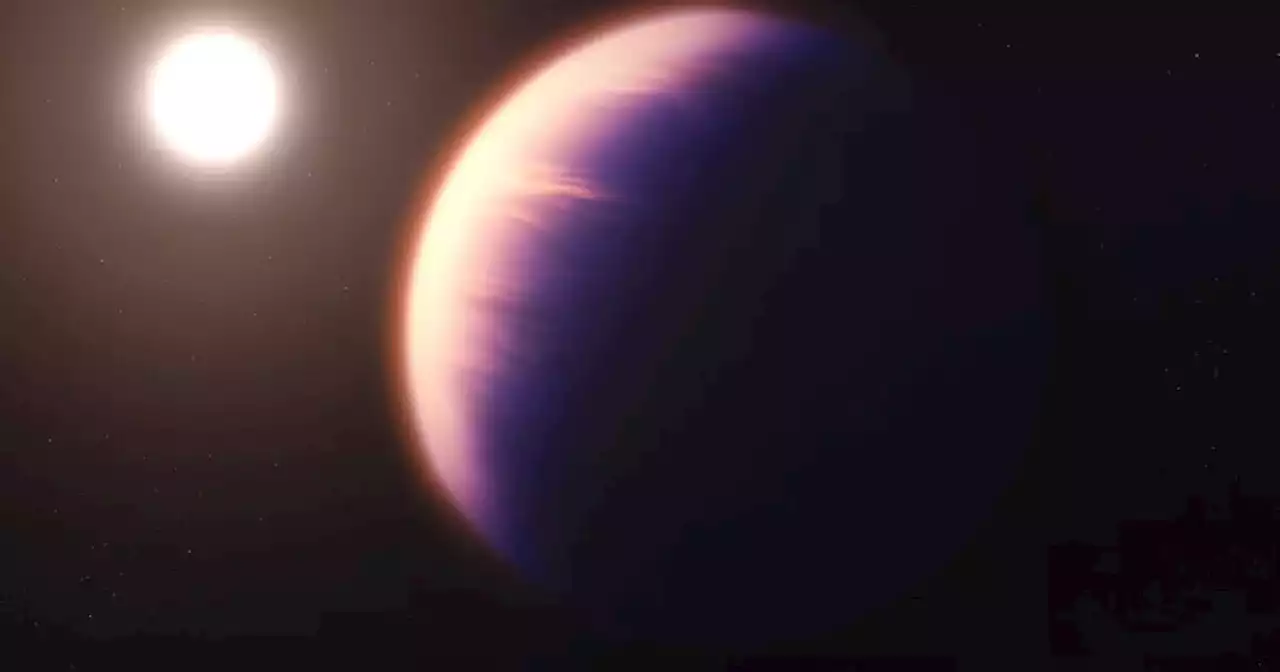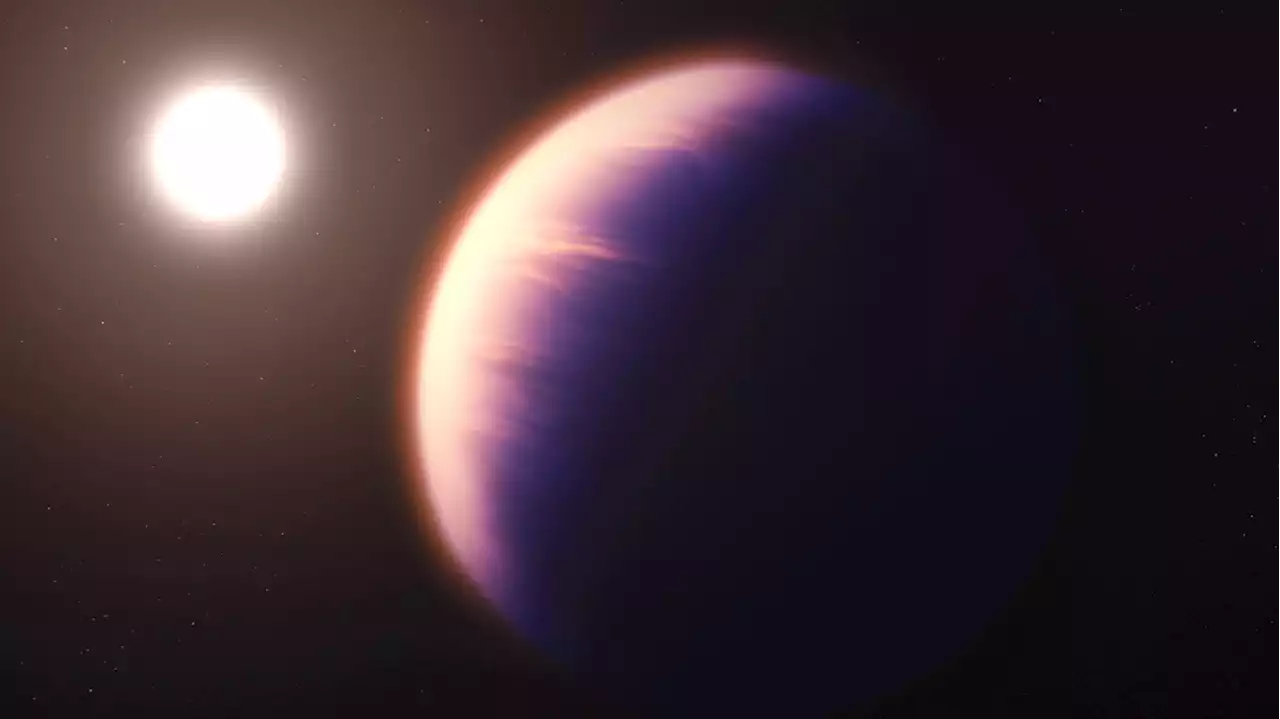'We are going to be able to see the big picture of exoplanet atmospheres.'
NASA's James Webb Space Telescope has provided a detailed molecular and chemical profile of a distant exoplanet's skies in a world first,The planet — an exoplanet as it is located outside of our solar system — isHowever, the new observations from James Webb reveal the makeup of the exoplanet's atmosphere like never before and reveal further details of active chemistry and clouds.
The discoveries are detailed in five new scientific papers, two of which are still under review. One of these papers outlines the world-first detection of sulfur dioxide in an exoplanet atmosphere. The SO2 molecules are produced by chemical reactions triggered by high-energy light from the planet's host star in a similar fashion to the ozone layer on Earth.
"This is the first time we see concrete evidence of photochemistry – chemical reactions initiated by energetic stellar light – on exoplanets," added Shang-Min Tsai, a researcher at the University of Oxford in the United Kingdom and lead author of the paper explaining the origin of sulfur dioxide in WASP-39 b’s atmosphere. "I see this as a really promising outlook for advancing our understanding of exoplanet atmospheres with [this mission].
Different chemicals in the atmosphere absorb different colors of the starlight spectrum, allowing astronomers to determine which molecules are present. As NASA explains in its blog post, James Webb's infrared observation instruments will enable the observatory to "pick up chemical fingerprints that can’t be detected in visible light."
Malaysia Latest News, Malaysia Headlines
Similar News:You can also read news stories similar to this one that we have collected from other news sources.
 Webb Telescope Reveals Noxious Atmosphere of a Planet 700 Light-Years AwayWASP-39b is a hot Saturn with some nasty chemicals in its skies.
Webb Telescope Reveals Noxious Atmosphere of a Planet 700 Light-Years AwayWASP-39b is a hot Saturn with some nasty chemicals in its skies.
Read more »
For $34,900, Will You Bond With This 2003 Ford Thunderbird 007 Edition? | CarscoopsFor $34,900, Will You Bond With This 2003 Ford Thunderbird 007 Edition? | Carscoops carscoops
Read more »
 The James Webb Telescope Shows How Starlight Transforms A Distant, Jupiter-Like PlanetIn addition to carbon dioxide, water, and other molecules, described in a series of new scientific papers published online, researchers say the telescope has spotted signs of sulfur dioxide.
The James Webb Telescope Shows How Starlight Transforms A Distant, Jupiter-Like PlanetIn addition to carbon dioxide, water, and other molecules, described in a series of new scientific papers published online, researchers say the telescope has spotted signs of sulfur dioxide.
Read more »
 The James Webb telescope shows how starlight transforms a distant, Jupiter-like planetThe James Webb Space Telescope has identified a rich mix of gases swirling in the skies of a hot, Jupiter-like world orbiting a star that's around 700-light years from Earth.
The James Webb telescope shows how starlight transforms a distant, Jupiter-like planetThe James Webb Space Telescope has identified a rich mix of gases swirling in the skies of a hot, Jupiter-like world orbiting a star that's around 700-light years from Earth.
Read more »
 The James Webb telescope shows how starlight transforms a distant, Jupiter-like planetScientists studying a gas giant planet have found that it's partly cloudy and that its atmosphere gets altered by starlight from its host star.
The James Webb telescope shows how starlight transforms a distant, Jupiter-like planetScientists studying a gas giant planet have found that it's partly cloudy and that its atmosphere gets altered by starlight from its host star.
Read more »
